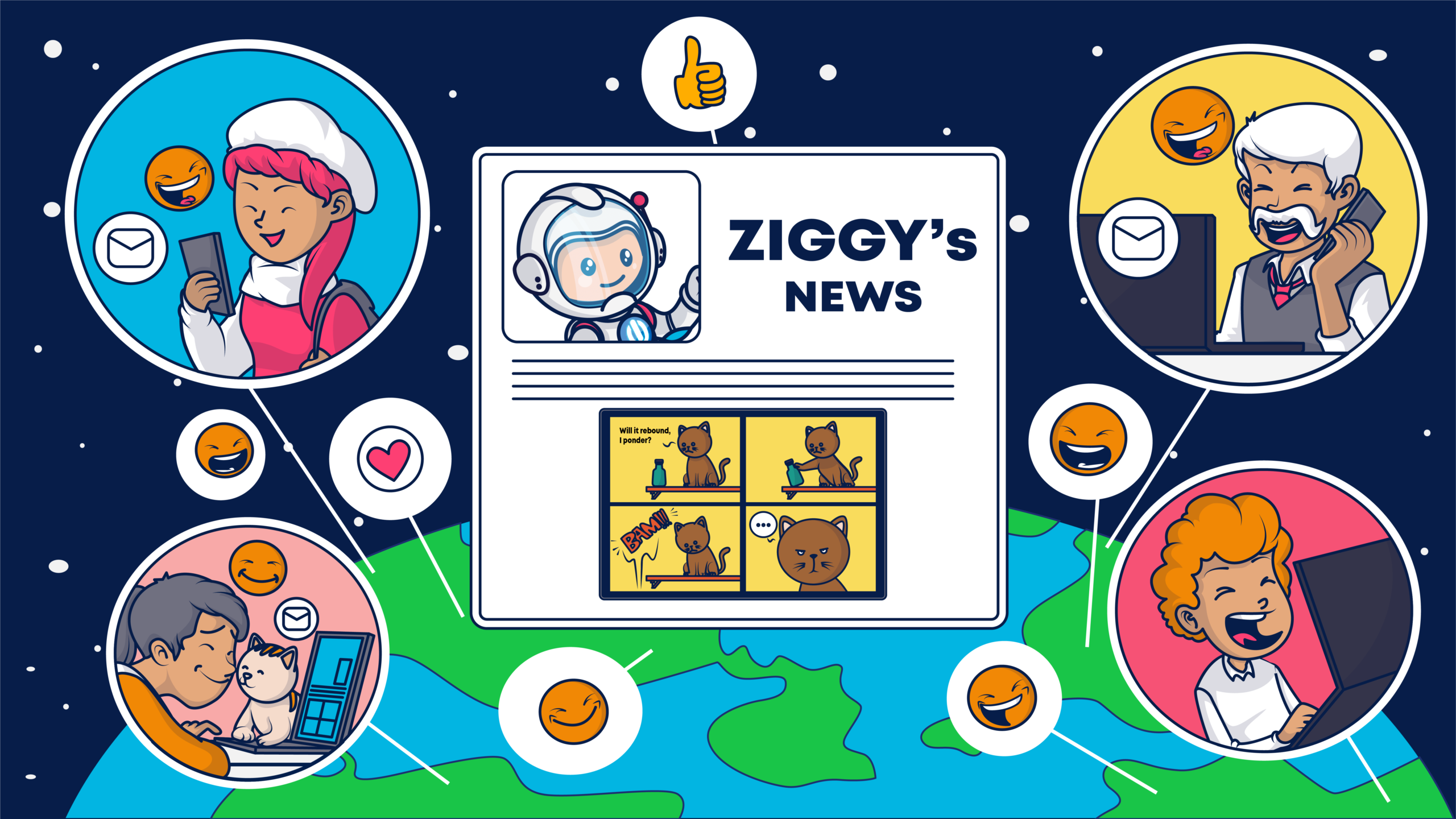The past year has been one of the most tumultuous ones for digital advertisers and publishers. While digital ad spending has gone up to $93.75 billion in the U.S, and exceeded spending on TV advertisement worldwide, digital advertisers have a lot to fear.
In 2018 the largest search engines and social media sites have announced drastic changes to their algorithms in light of data breaches and security frauds, and new regulations drastically challenged the way products and services are promoted online.
The result is an uncertainty regarding the future of digital ads and an increasing concern regarding the effectiveness of digital ads and the alternative brands have to promote products and services online.
Consumer First. Company Second
One of the first changes digital advertisers and publishers have had to deal with this year is the seemingly drastic change of algorithms that search engines and social media sites have implemented.
Following the Cambridge Analytica scandal that plagued Facebook, the social media giant announced a set of algorithmic changes that reduced the visibility of media and business posts and increased the visibility of user generates posts.
Google soon followed with a “broad core” algorithm change that challenged publishers by changing the value of certain elements. This resulted in an immediate loss of traffic and revenue for millions of websites.
Both of these standards were designed to keep the consumer happy. However, they reduce the ability of advertisers and publishers to get their information out there to consumers. This in turn impacts revenue generation and campaign effectiveness and require a shift in digital marketing strategy for many companies.
Standards and Regulations
One of the most drastic things that digital advertisers and publishers have had to deal with is a change in regulation concerning data collection and implementation of digital advertising standards.
Initiatives such as the Coalition for Better Ads, which includes companies such as Google, Microsoft, the Interactive Advertising Bureau and more, seek to standardize digital advertising to improve the experience for consumers. Many of the standards were designed to reduce intrusion and create a more seamless advertising experience. This is done by limiting the types of ads that “annoy and frustrate” consumers and implementing standards for how advertisements can look, behave and interact with sites.
Other regulations, such as the General Data Protection Regulation (GDPR) impact the ability of companies to collect and store and use digital information about consumers.
While such regulations and standards are beneficial in the long run for the consumers and companies alike, the immediate impact is difficult for advertisers and publishers. Because of the Better Ads Standards, ads can no longer be aggressive, which reduces their effectiveness. Due to GDPR, hyper segmentation based on data from third party publishers is no longer permitted, causing a decline in ad relevance and conversion.
Hyper Aware Consumers
Standards and regulations have been created and implemented for ages with little media mention. The latest changes are gaining a large amount of media coverage thanks to digital data breaches and data sharing such as the recent Google + data breach, the Uber data breach and more.
Now, consumers are more aware of the information advertisers collect about them and the damage that can be done if that information is compromised. As a result, more and more individuals are executing their ‘right to be forgotten’ and removing consent from third party websites.
Since 2014, following a European court order, Google received over 650,000 requests ‘to be forgotten,’ and that number will undoubtedly rise for Google and all other companies with the mainstream adoption of the GDPR. This further impacts the ability of advertisers and publishers to execute effective digital campaigns.
The Battle Returns to the Inbox
Due to the increasing challenges advertisers and publishers encountered this past year, brands have taken the battle for consumers’ attention elsewhere – to their inbox.
Despite trends in digital advertising, email is still the third most influential information source. Over 73% of senior-level marketers believe email to be the core of their business, and 59% of B2B marketers believe email is the most effective revenue generation channel. That being said, only 23% of companies have the ability to track email campaigns.
When keeping email marketing operations kosher and clean (meaning not buying lists and not generating leads under false pretenses), companies are able to enjoy increased engagement, conversion and revenue generation. This is because email recipients have approved the receipt of messages and data collection and as a result, campaigns can be segmented based on engagement, behavior and other factors.
When sending out carefully curated email marketing campaigns and using a sophisticated email marketing management platform that improves segmentation capabilities, simplifies data collection and makes integration of third party content seamless, the new algorithmic changes and regulations don’t make a difference to your businesses bottom line.
To learn more about how Ongage can help you win the battle over inbox, click the button.

















